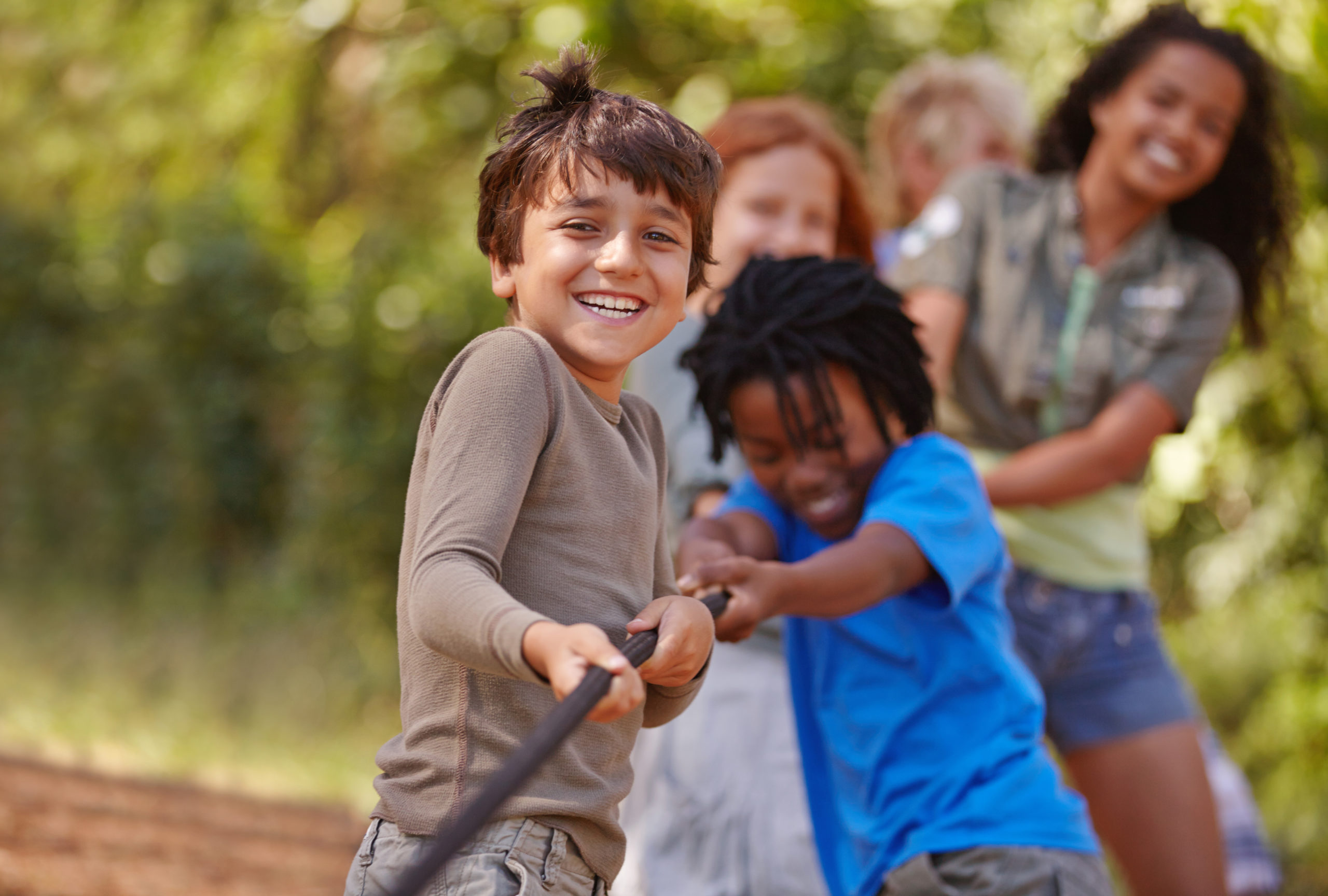Food and books are useful for teaching cultural diversity in early childhood.
The world we live in is becoming increasingly diverse. On an outing to a park, my husband commented on how excited he was to see people of all different backgrounds: white, Black, Asian, Hispanic and their kids all playing together. They were a small-scale representation of the world right here in Nashville!
As a multiracial family, my husband and I feel it is important to teach our children to embrace the cultures they come from and show an appreciation for others. Kids have a wonderful sense of curiosity and acceptance, and it is these qualities that we should encourage when they interact with the world around them.
If your kids are anything like mine, they are constantly asking questions about everyone they see, why some have different skin colors, some have different hair colors, and why some dress differently – why, why, why?
Teaching our children to embrace diversity is so important. Here are some diversity activities to get the conversation started.
Around the World dinners
What child doesn’t love dumplings? Spaghetti and meatballs? Tacos? Look at that – you’ve just taught them about foods from three different cultures. While you’re at it, show them where these countries are on the map and let them know how to say thank you in Chinese, Italian and Spanish.
Read books about diversity
Books are a wonderful, visually tangible way for children to understand about differences. Some tried-and-true suggestions:
• “One Green Apple” by Eve Bunting
• “The Big Orange Splot” by Daniel Pinkwater
• “The Sneetches and Other Stories” by Dr. Seuss
• “The Colors of Us” by Karen Katz
• “The Day You Begin” by Jacqueline Woodson
Encourage questions
If your child has questions about differences in appearances or cultural practices, discuss them openly. Teach your child that it is OK to notice differences, learn about them, and appreciate them. If you do not know much about a particular culture, make the effort to learn something together.
Teach by example
Show your child how to be kind to people from different backgrounds. Demonstrate an attitude of respect yourself. It is possible to be proud of your own heritage even while you value someone else’s.
See the broader picture
By teaching your children acceptance of others’ cultures and races, you are also teaching them to value those who come from other socioeconomic backgrounds, family structures, and differing abilities.
I think we are all invested in raising the best little people we possibly can, and these diversity activities can help us do just that. We can teach them to have value in themselves and others and work towards creating a world of both greater tolerance and appreciation for others. I’m pretty sure they won’t disappoint us.
This post was written by Maya Neeley, M.D., a board-certified pediatrician specializing in hospital medicine at Monroe Carell Jr. Children’s Hospital at Vanderbilt. She adores her husband and five children and loves spending time with family and good friends.

